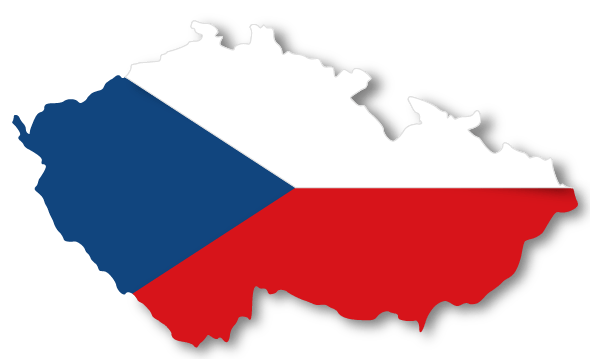Czech Translation Services

Language History
Czech routes back to Old Church Slavonic that was introduced in the 9th century by Byzantine missionaries, Cyril and Methodius. As seen by texts that go back to the late 13th century, the Czech language eventually developed in the region. German soon enveloped the area following the Hussite wars which saw a decline in written Czech. German was spoken amongst the elite while Czech was used by citizens in the countryside. Later in the 18th century, there were ‘deliberate attempts’ to reignite the Czech language and soon enough, it gained momentum in education and public life. However, WWII saw German become the official language in the region, but after the war, Czech once again returned as the mother tongue, lasting until this very day.
According to Czechtourism, Czech is spoken by over 10 million people around the world.
Where is Czech Spoken?

Fact!
Did you know the word ‘thai’ means ‘free’ in the Thai language?
Did you Know?
“Czech is a relative of Polish, Slovak and the Sorbian languages”
False Friends in Czech and English
4 Easy Phrases in Czech!
Population vs. Internet Penetration
Czech Republic Population:
10,708,981
Internet Users:
9,323,428
Penetration:
87.1%
As of 2020. Source:
www.internetworldstats.com
FACT!
Long vowels: á, é, í, ó, ú/ů, ý
Softening vowel: ě
Soft consonants: ď, ť, ň, ž, š, č, ř
Czech Translation Tips
• Unlike the English language which uses multiple words to express meaning, one word is often sufficient in the Czech language.
• Some Czech words don’t have any vowels. Generally, consonants can act as vowels in the Czech language.
• Czech has three grammatical genders: Masculine (M), Feminine (F), and Neuter (N).
• Days of the week are not capitalised in Czech.
• Czechs have their own names for months, which have their own meanings. E.g. “květen” (May) comes from “květ”, meaning “flower”.





